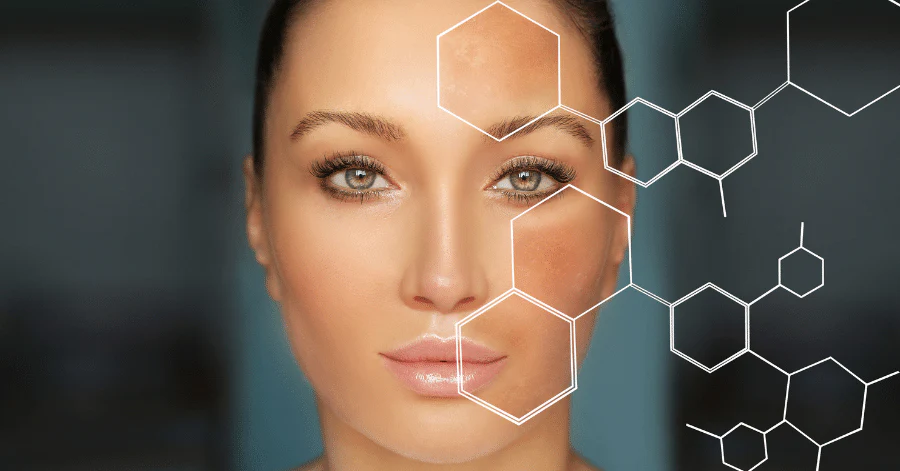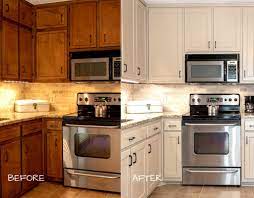Dark Spot Correctors: A Guide to Treating Age Spots and Sun Damage

Also known as hyperpigmentation, dark spots are common skin concerns that arise from numerous factors, such as sun exposure, aging, and even certain hormonal changes. However, some people have to contend with skin darkening due to inflammation from other skin conditions or even injuries. The skin may also be more prone to dark spots if it’s oiled or acne-prone.
No matter the cause, once you’ve developed these spots, one of the best ways to treat them is with skincare products called dark spot correctors. Such treatments usually have a serous texture and light color, making them easy to apply alongside or underneath your usual products.
What Are Dark Spot Correctors?
These skincare products are topical treatments that target hyperpigmented areas. These spot treatments work either by inhibiting melanin production or by accelerating the turnover of skin cells in the affected area.
They contain active ingredients like vitamin C, hydroquinone, niacinamide, retinol, kojic acid, or alpha hydroxy acids (AHAs). Good formulas also contain plenty of antioxidants and hydrating agents to keep the skin more healthy overall.
Causes of Dark Spots
Sun Exposure
UV rays incite melanin production as a natural defense mechanism. Prolonged exposure without adequate sun protection can lead to concentrated patches of melanin, forming sunspots.
Aging
The skin grows older, but its capacity for regeneration does not carry on into the advanced years of the human life span. In this later phase of life, the quantity and intensity of pigmentation in a person’s skin become more apparent.
Hormonal Changes
Conditions like melasma, often brought on by pregnancy or hormonal treatments, can darken certain areas of the skin.
Post-Inflammatory Hyperpigmentation (PIH)
Dark marks may remain on the skin after it has been injured or conditions like acne have affected it, as the skin undergoes the healing process.
Choosing the Right Corrector
When picking a dark spot corrector, think about your skin type, the intensity of your pigmentation, and any other skin concerns. If you have sensitive skin, you’re better off with gentler formulas. Try ones that contain niacinamide or licorice root extract.
For dark spots that are particularly stubborn, consider a product that contains retinol. And no matter what your skin type, always perform a patch test before applying a new product to your face.
Tips for Application
Purify and Prepare
Begin with a clean, freshly-washed face to ensure optimal product absorption.
Intended Use Only
Follow the instructions to the letter, and apply the corrector to the affected areas.
Consistency Leads to the Best Results
Use the item as instructed, usually 1-2 times daily, for a minimum of 6-12 weeks to observe any noticeable change.
Avoiding Future Dark Spots
As important as treatment is, it is equally vital to prevent skin from further damage. Make wearing sunscreen a part of your daily routine. Put on sun block in the morning after you’ve completed your typical skincare routine.
If you understand skin type and select the appropriate corrector, then you can effectively remediate age spots and sun damage, revealing a brighter complexion and even skin tone.





